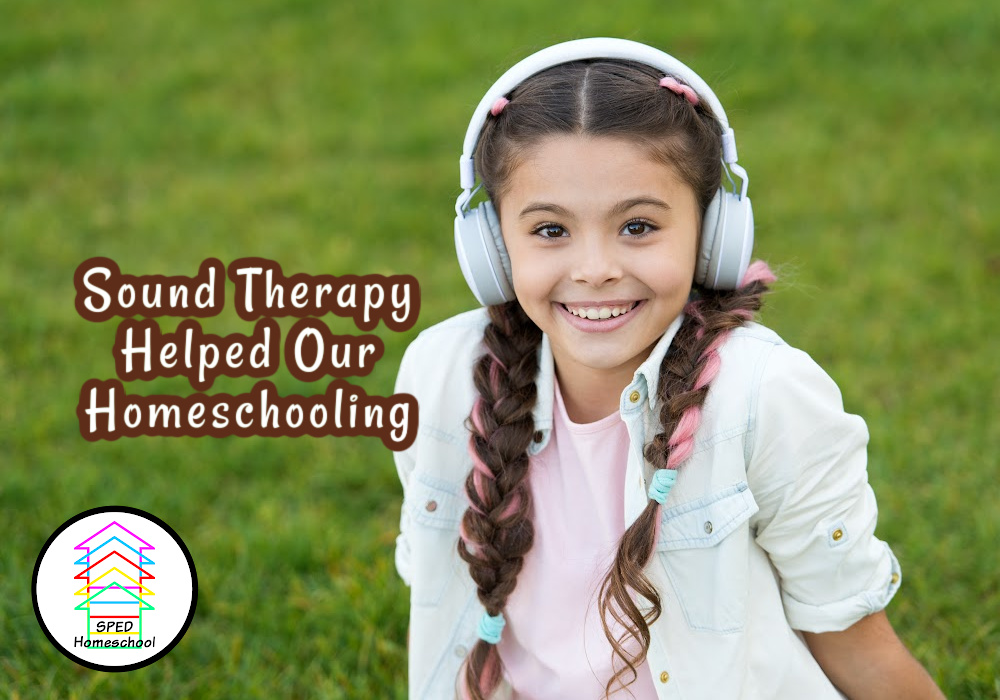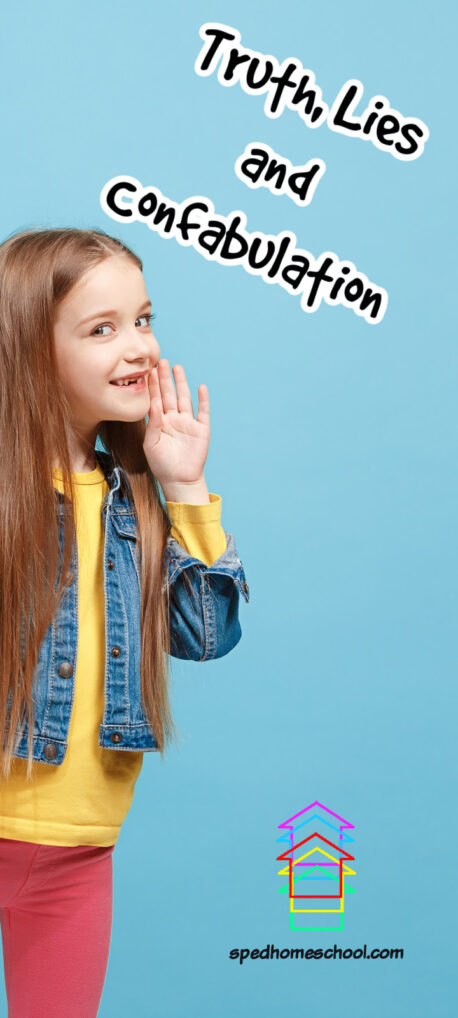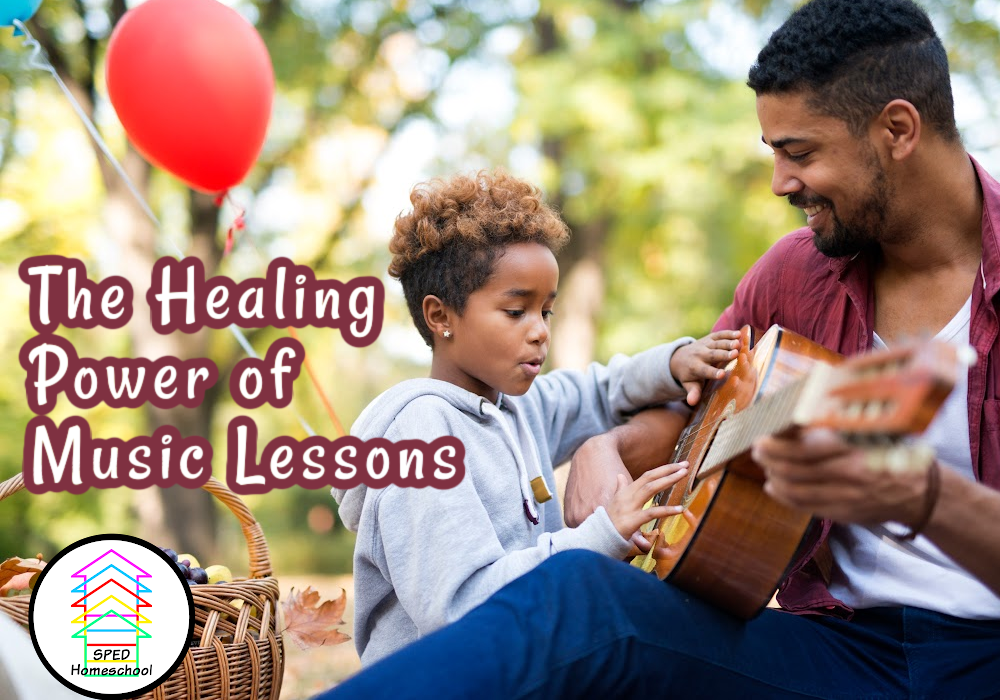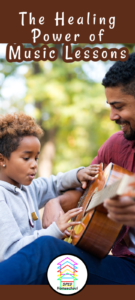
By Faith Berens, M.ED., Reading Specialist, SPED Homeschool Board Members and Homeschool mom of two
Do you have children who have sensory processing issues, sound sensitivity, or are dealing with attention or anxiety problems? When our son was very little, he had many sensory issues. He particularly struggled with sound sensitivity, had meltdowns, and complained about buzzing in his ears, tinnitus. He had difficulty understanding what we were saying. He also had trouble following directions, and was dysregulated. Then, at age 7, he was diagnosed with auditory processing disorder. Our older daughter was diagnosed with attention deficit disorder, anxiety, and a scholastic learning disability, dyslexia. We were blessed to find the Equipping Minds Cognitive Development Program by Dr. Carol Brown. As part of that therapy, she shared with me about Sound Therapy Synergy, which she incorporates as part of the Equipping Minds therapy program.
I am excited to share with you about Sound Therapy Synergy! The Sound Therapy Synergy method and program, developed by Patricia and Rafaele Joudry, is a unique listening system. It uses new knowledge about brain plasticity, and is based on the discoveries of the French ear specialist, Dr Alfred Tomatis. Dr. Tomatis said, “Listening is the road to learning”, and he discovered how to light up new brain pathways by stimulating the ear. He taught the primary importance of the hearing sense for healthy neurological functioning.
Wondering what it is and how it works?
The program uses highly filtered classical music that is specially recorded and is used to rehabilitate the ear and stimulate the brain. Sound Therapy stimulates the ear by playing constantly, alternating sounds of high and low tone while within the complex structure of classical music. Stimulation via the sensory pathways remaps the brain, improving the way one understands and processes sound.
The brain, in turn, sends signals back to the ear to improve its function. Research done on the sound suggests that this feedback loop results in better performance of the middle ear muscles and of the tiny, hair-like receptor cells in the inner ear.
As the ear “opens up” and becomes receptive to high-frequency sounds these are then passed on to the brain. Research has shown that brain function is improved through high frequency sound. There is an increase in blood flow to certain centers, along with increased electrical activity.
According to Rafaele Joudry’s website, she reports that, “Sound Therapy listeners include increased energy, reduced fatigue with improved focus and creativity, a reduction in the need for sleep, and an almost permanent state of peace and relaxation.” This was certainly the case for our family. Our daughter reported that she found the program relaxing and calming. It helped her to sleep better and she wore the sound therapy listening unit, MP3 player, while studying or working on homework which helped her to focus. Initially my son could only wear it and listen for a few minutes at a time, but gradually, day by day, he could wear it for longer periods and then began listening at bedtime for about 30 minutes. We saw decreased meltdowns, less complaining of the buzzing, and less sensitivity to the loud noise sounds he would frequently cry about.
Why we chose to utilize this program over a clinic-based listening therapy:
I discovered the developer, Rafaele Joudry, was educated at home, so I figured she gets us homeschoolers!
The program is portable, affordable and easy to use. Our busy, homeschooling family needed something that we could afford and that we could do while on the go. Sound Therapy is played at very low volume on portable equipment, a little MP3 player, so it does not interfere with other activities throughout the day. The kids could wear and listen while in the car, when reading, working on homework, doing chores, exercising, talking, researching on the computer and even resting or sleeping. Typically, kids should listen for 30 to 60 minutes daily.
The Sound Therapy Synergy program is designed to work with or complement other treatments such as speech and language or occupational therapy, meaning that both methods or treatment programs enhance each other. As the ear houses the organs of hearing and balance, it is the most fundamental and intrinsic to sensory integration. Therefore, the Sound Therapy Synergy program, in my opinion, is foundational and complements any other sensory integration therapy program.
I have always appreciated music and understand the power of music. As a reading specialist I have studied how music assists in language development. Sound Therapy is a powerful tool and goes beyond what typical or traditional music therapy can accomplish because Sound Therapy actually restores brain and listening pathway function. The auditory and language processing “loop” is housed in the left side of the brain. As a dyslexia and reading specialist this is why I recommend pairing the Sound Therapy with an Orton-Gillingham based explicit and systematic reading instruction program because the Sound Therapy Synergy will stimulate and restore that pathway.
I was impressed with the efficacy of the program. Sound Therapy Synergy program has been found to be effective for treating:
- Tinnitus, sound sensitivity, ear related dizziness and some types of hearing loss
- Stress, anxiety, insomnia, depression, mental focus and wellbeing
- Auditory processing, auditory memory, sensory integration and learning difficulties
You can access a white paper on the science of Sound Therapy for Auditory Processing here.
Because the auditory system influences so many other areas of functioning, it is an ideal focal point for intervention. The Sound Therapy Synergy program has truly been music to our ears, as it soothes anxiety, helps with focus, and has been an instrumental piece of healing my son’s auditory processing difficulties. Pairing the Sound Therapy Synergy with the other therapies we have utilized over the years in our homeschool has been so helpful in remediating our children’s learning challenges. I actually enjoy wearing it and listening as well, as I find it soothing and calming particularly on days when homeschooling hasn’t gone quite the way I wanted it to go!
Be sure to check out the book Why Aren’t I Learning? (Listening is the key to overcome learning difficulties) by Rafaele Joudry.
I would also encourage you to watch this short video on YouTube to learn more.



